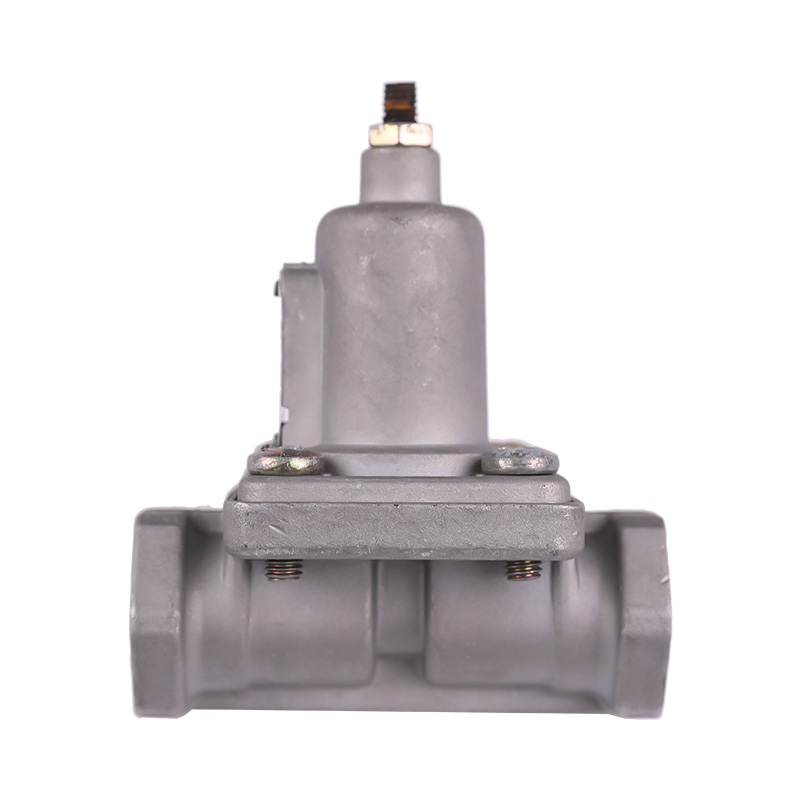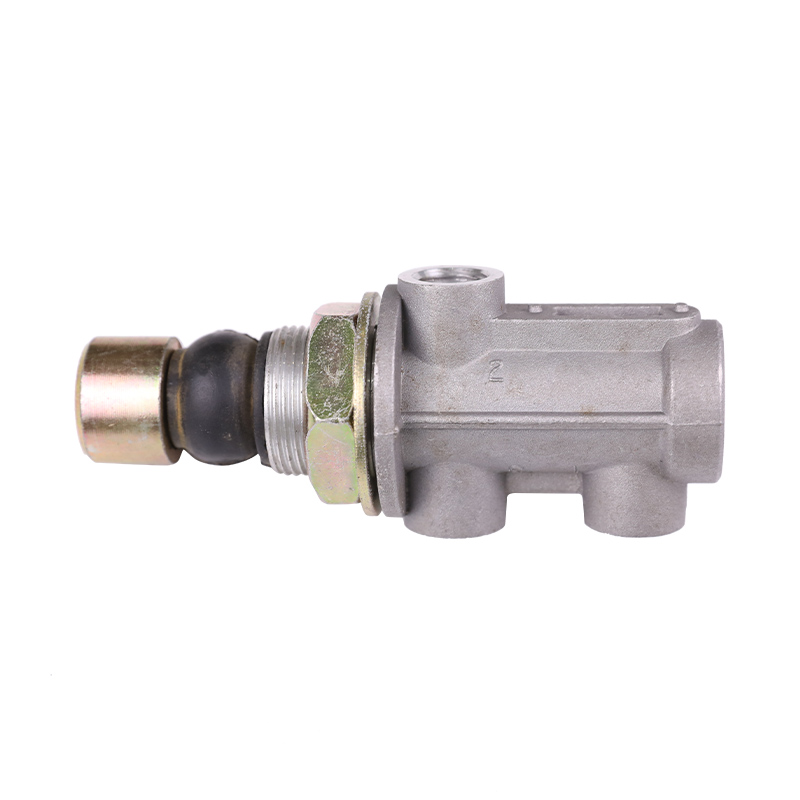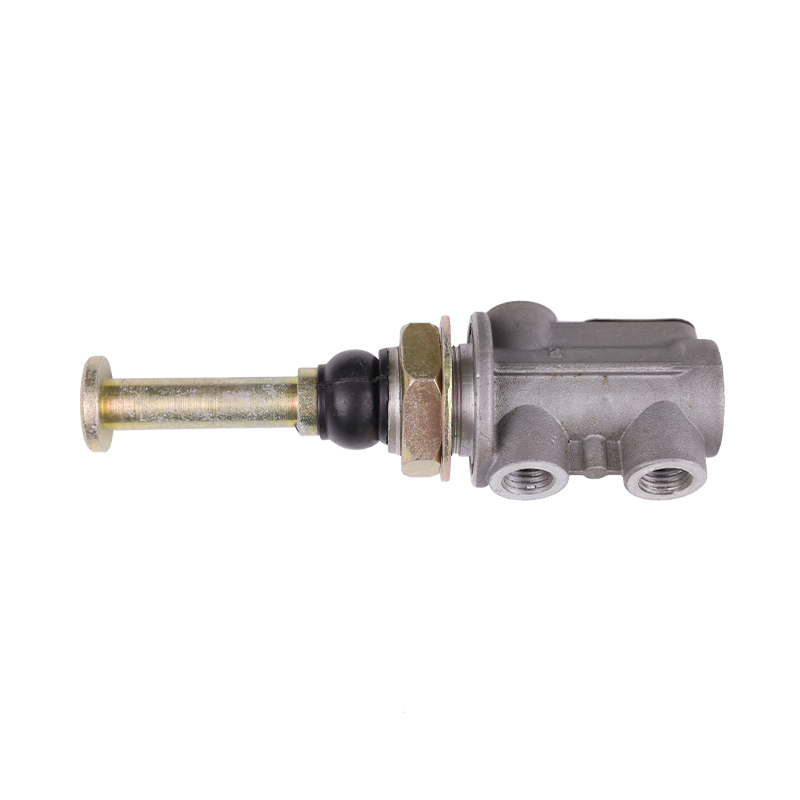A PRESSURE LIMITING VALve limits the pressure in a system. If the pressure builds up, it can affect equipment or a process and cause equipment or instrument failure, or even a fire. It is essential to use a safety valve in every process, especially in industrial applications where high-pressure levels can damage equipment. This article explains why you should use a pressure limiting valve.
A pressure limiting valve is an instrument that shuts off a pressure system when it reaches a pre-set level. These devices are also known as gauge savers and over-load protectors. Their primary purpose is to prevent the failure of a pressure gauge or instrument. They also help prevent hazardous leaks and explosions. They shut off the system when the pressure reaches the set value. If the pressure is reduced to a level that is lower than the set value, the valve will automatically re-start.

The pressure limiting valve is designed to prevent over-pressurization and increase the static water pressure. It also regulates the flow of water through a system. When the valve is in a closed position, static water pressure will rise and fall. However, in a running system, incoming water pressure is constantly fluctuating. This is the reason why it's important to install a pressure limiting valve.
Another use for a pressure limiting valve is in axle lift systems. A pressure limiter ensures that the suspension springs are always under the service pressure supplied to the vehicle. It will also reduce the supply pressure to other auxiliary equipment such as airbags. This means that a safety valve can protect you and your team. In addition to reducing the overall system pressure, it can improve the performance of your pneumatic system.
A pressure limiting valve is a safety valve that regulates the pressure in a system. It is also known as an over-load protector or gauge saver. It shuts off a system when the pressure exceeds the desired value. This prevents hazardous leakages and explosions. Using a safety valve in a process system will prevent the risks of damage. Its main benefit is its ability to reduce high pressure in a process or a building.
A pressure limiting valve is an important safety valve for a variety of processes. They are used to limit the pressure in a specific process. Some of these systems have more than one valve. Those that have two valves must be installed in two different locations. Typically, a safety valve will be mounted vertically. Then, it should be mounted on a fitting with a short connection.
A pressure limiting valve limits the pressure in a system by limiting the inlet pressure and allowing the outlet to be opened. Normally, a pressure regulating valve is hermetically sealed at rest and is open when the pressure in the system is higher than the set point. Hence, it is important to use a pressure limiting valve in a system with multiple components, as it will reduce the risk of malfunctions.
In a pressure limiting valve, the pressure in the system is controlled to a maximum level. When the pressure in the system falls below the set point, the valve remains open. The closing point depends on the design of the control chamber. In a case without a pressure limiting valve, this is a risky situation. The best way to prevent this is to install a pressure limiting valve.
A pressure limiting valve is also known as a gauge saver. It works by shutting off a system if the pressure exceeds a preset level. Its built-in push rod device makes it possible to open and close the valve. When the system is under the preset value, the valve will reverse its operation and shut it off. Its purpose is to prevent dangerous situations.
A pressure limiting valve is a safety device. It prevents pressure from rising above a specified limit. It helps maintain the safety of a system. This safety device is crucial to preventing catastrophic failures in a hydraulic system. The right type of pressure limiting valve can keep system pressures below a set limit. The PRESSURE LIMITING VALUE is also an essential part of any system.






